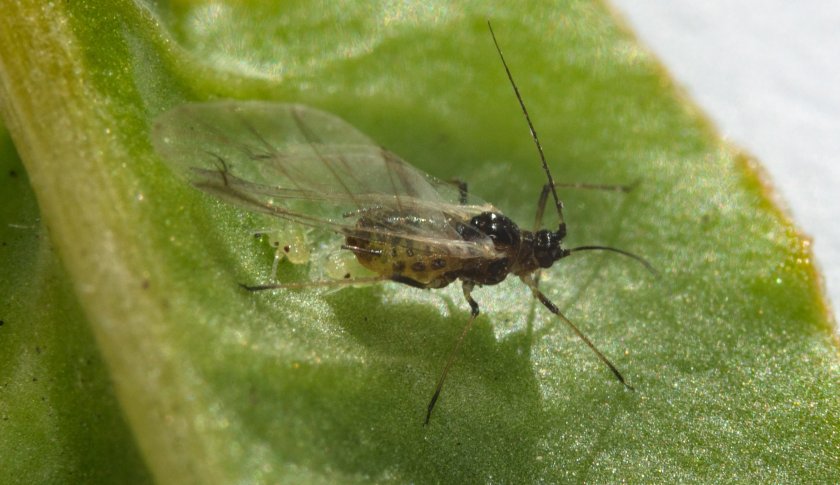
Beet growers could face a virus epidemic on the scale of 2020, with aphids expected to be flying into new crops as they emerge, experts warn.
The aphid forecast for 2024, published by Rothamsted, shows that virus yellow vectors will be flying two to three weeks earlier in England compared to the historical average.
First capture of peach–potato aphid at Broom’s Barn, a Suffolk site owned by the research institute, is predicted for 10 April, which is significantly earlier than previously forecasts.
British Beet Research Organisation (BBRO) expect around 40% of the crop to be drilled with untreated seed and with aphids arriving when crops are at younger, more susceptible growth stages, this poses a 'significant risk'.
Correspondingly, the BBRO forecasted incidence of virus yellows for 2024 is 83% in the absence of any control measures, which breaches the Defra threshold of 65% required to trigger the use of Cruiser SB on seed, which has been approved for this year.
While wet soil conditions and continuing rainfall are holding back drilling, BBRO head of knowledge exchange, Dr Simon Bowen is also advising growers to “wait for warmth”.
“Currently, soil temperatures are around 5C and waiting for 8C will have a massive effect on germination and prepare the way for rapidly and evenly established crop stands.
"These often perform better and suffer less virus content," Dr Bowen explains.
Crops drilled with untreated seed will need careful monitoring for aphids from early April onwards, with growers told to stay agile with spraying decisions.
Mr Bowen says: "There is a subtle difference between the two foliar insecticides acetamiprid and flonicamid. InSyst (acetamiprid) is a knockdown product with faster activity than Teppeki or Afinto (both flonicamid).
"Product choice for the first spray should take into consideration aphid abundance and crop growth stage."
Crops drilled with Cruiser SB seed treatment should be protected for up to 10 weeks from drilling, so depending on aphid numbers in June, they may require further protection from a foliar insecticide then.
Consecutive applications of neonicotinoid products are not permitted. The emergency authorisation for Cruiser SB specifies that if subsequent foliar sprays are required, the first one must be a flonicamid containing product.
If aphid thresholds are breached again this can be followed by InSyst.
